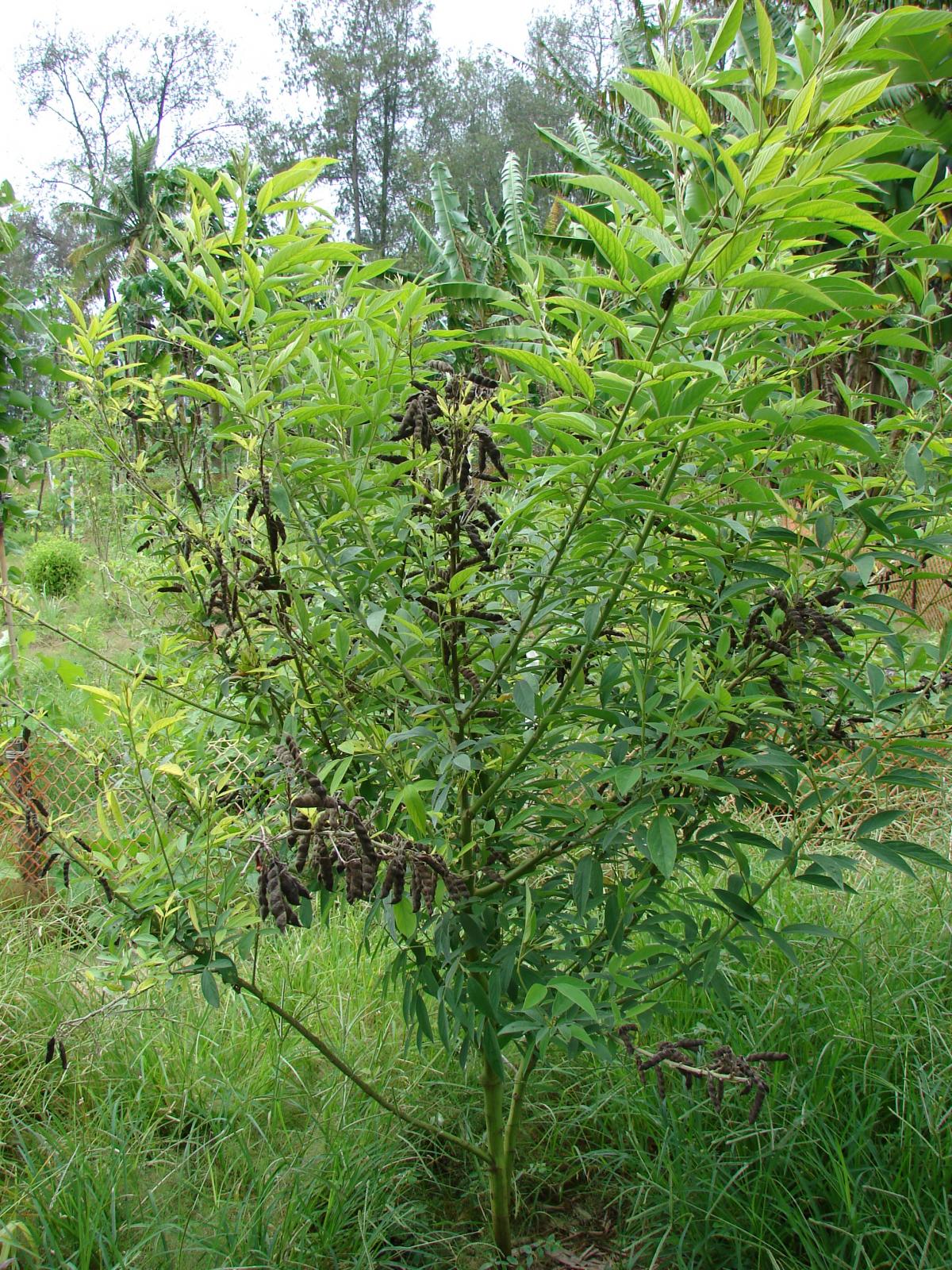
Pigeon Pea
Cajanus cajan
Basic Information
🌿 Family: Fabaceae🗺️ Zone: 9-13
Other Names:
- Red Gram
- Congo Pea
- Gungo Pea
🌡️ Ideal Temperature : 70°F – 95°F
🔥 Heat Tolerance: Up to 100°F
❄️ Cold Tolerance: Down to 32°F
🌱 Type: Perennial
Layers
- Shrub
- Understory
Functions
- Edible
- Nitrogen Fixer
- Mulcher
- Dynamic Accumulator
- Erosion Control
- Animal Fodder
- Wildlife Attractor
- Windbreaker
Pests
Description
Pigeon Pea (Cajanus cajan) is a fast-growing, drought-resistant shrub that can reach up to 3-5 meters (10-16 feet) tall. It produces small, oval green to brown pods containing edible seeds, commonly used in traditional dishes. The plant is highly resilient, thriving in poor soils and restoring fertility through nitrogen fixation. It is valued for its ability to improve degraded land and its use as a windbreak.
🌞💧 Sun and Water Requirements:
- Prefers full sun but can tolerate partial shade.
- Grows best in well-drained, sandy or loamy soils.
- Drought-tolerant but benefits from occasional deep watering during dry periods.
✂️🫘 Methods to Propagate:
- **Seed**: Direct sowing is the most common method, with seeds germinating in 10-15 days.
- **Cuttings**: Can be propagated from semi-hardwood cuttings for faster establishment.
🧑🌾👩🌾 When to Harvest:
- Pods mature 4-6 months after planting.
- Young green pods can be harvested for fresh consumption.
- Dried seeds are ready for harvest when the pods turn brown and brittle.
Purpose
Pigeon Pea serves multiple functions in a permaculture system:
- Edible: Provides high-protein peas that can be eaten fresh, dried, or ground into flour.
- Nitrogen Fixer: Enriches soil by converting atmospheric nitrogen into a usable form.
- Mulcher: Produces abundant biomass that can be used for mulch and composting.
- Dynamic Accumulator: Draws up deep soil nutrients and makes them available to surrounding plants.
- Erosion Control: Stabilizes slopes and prevents soil loss with its deep root system.
- Animal Fodder: Leaves and stems are an excellent protein source for livestock.
- Wildlife Attractor: Provides food and shelter for pollinators and beneficial insects.
- Windbreaker: Acts as a natural wind barrier to protect more delicate crops.